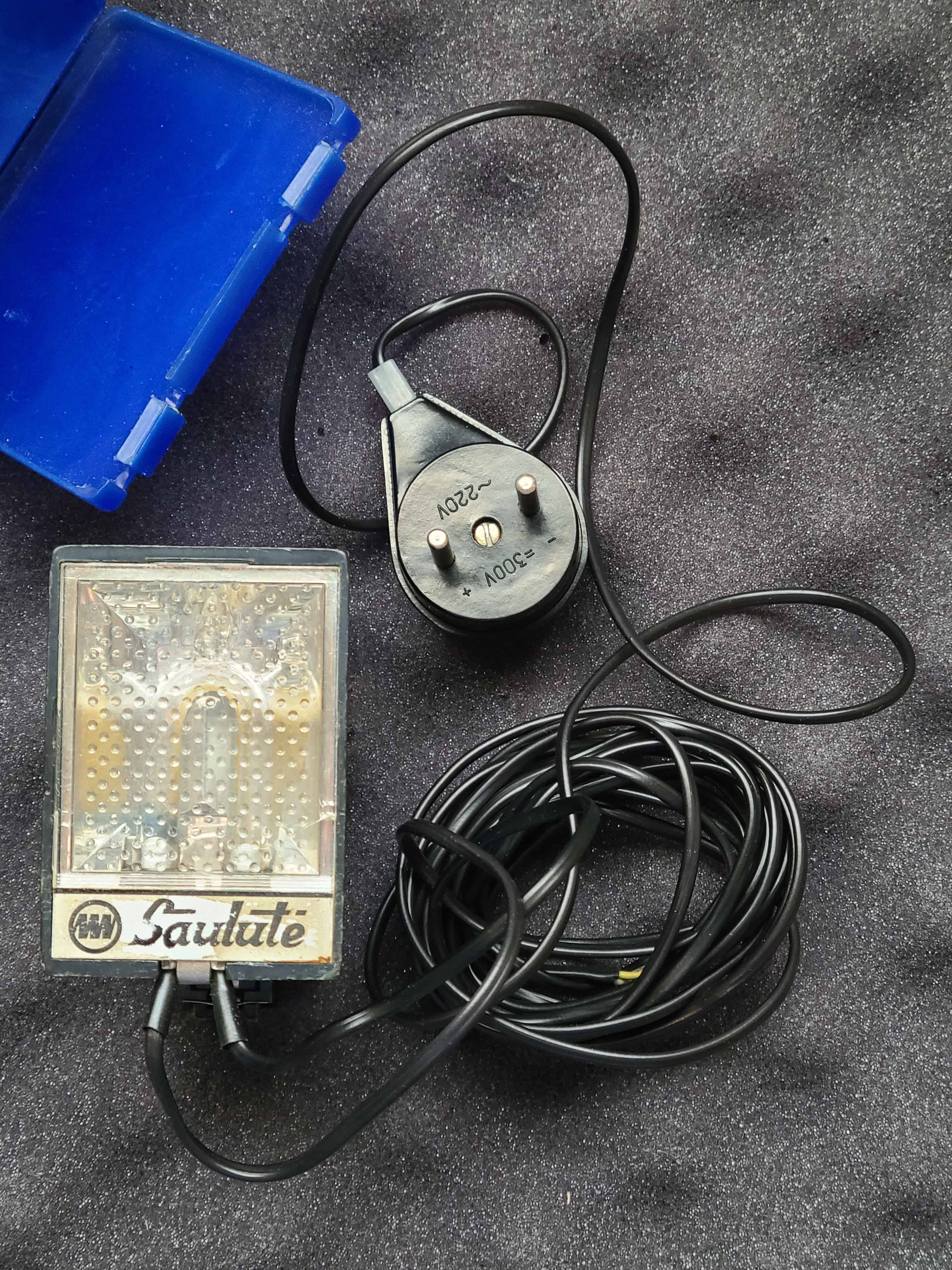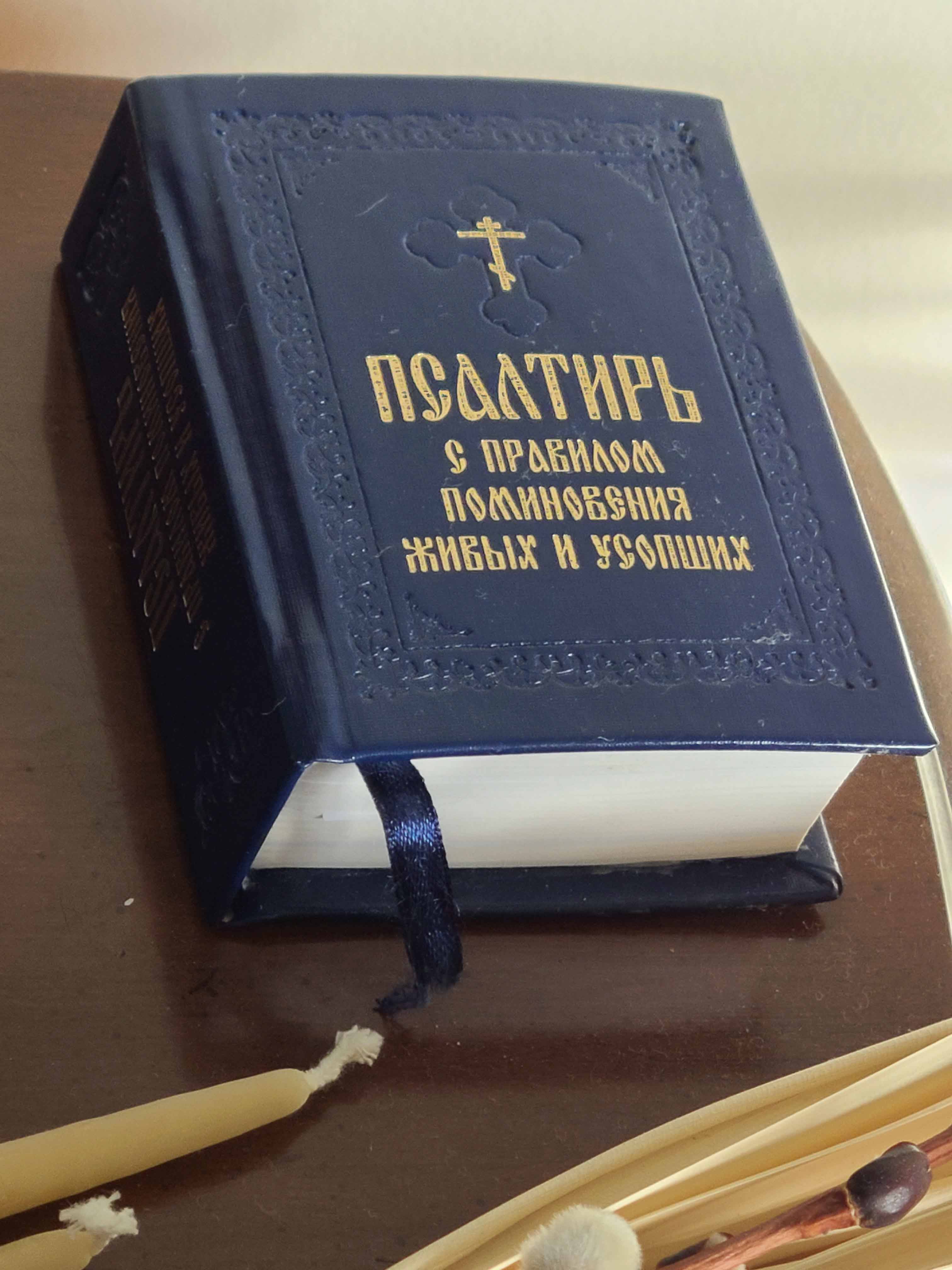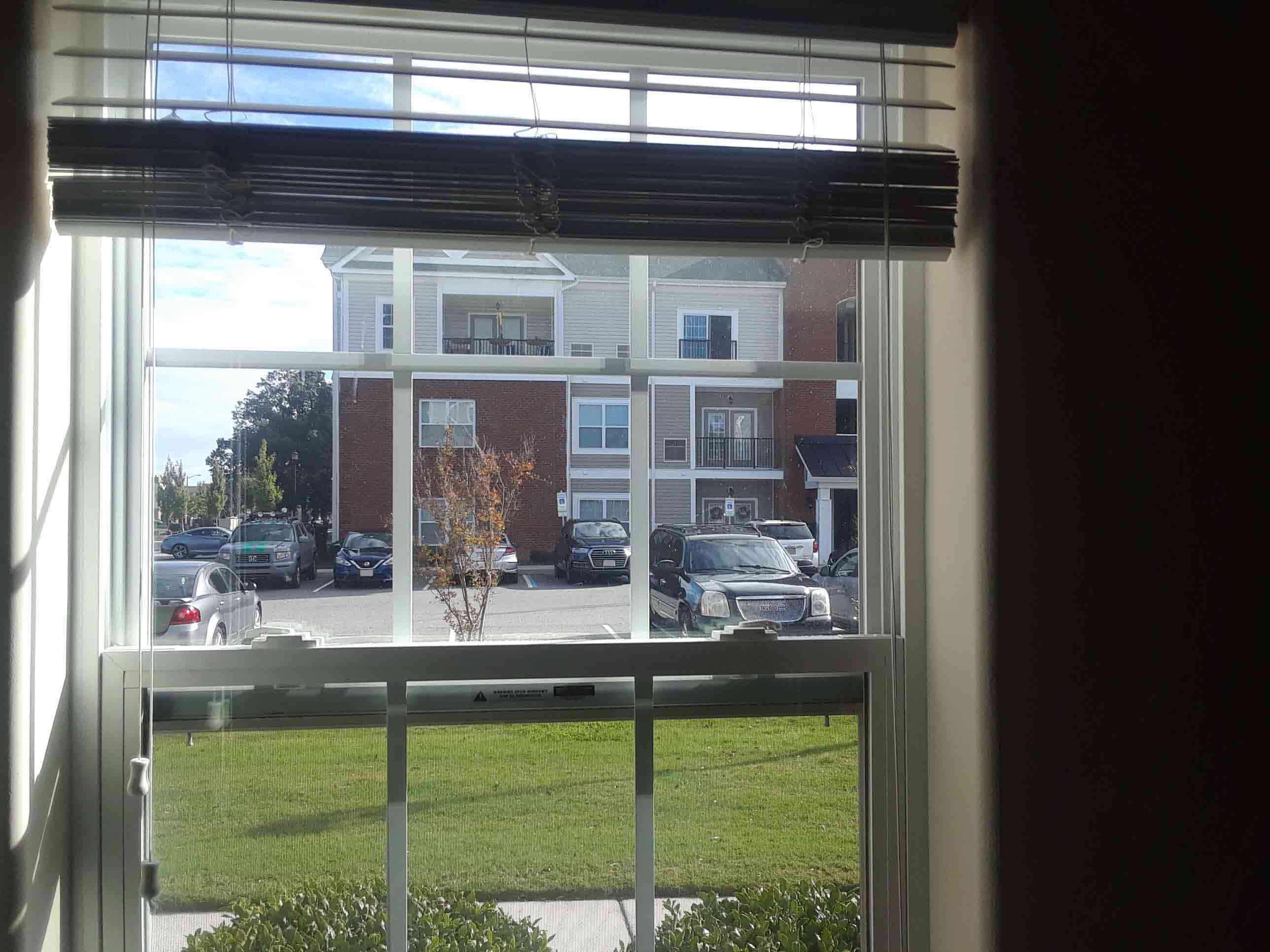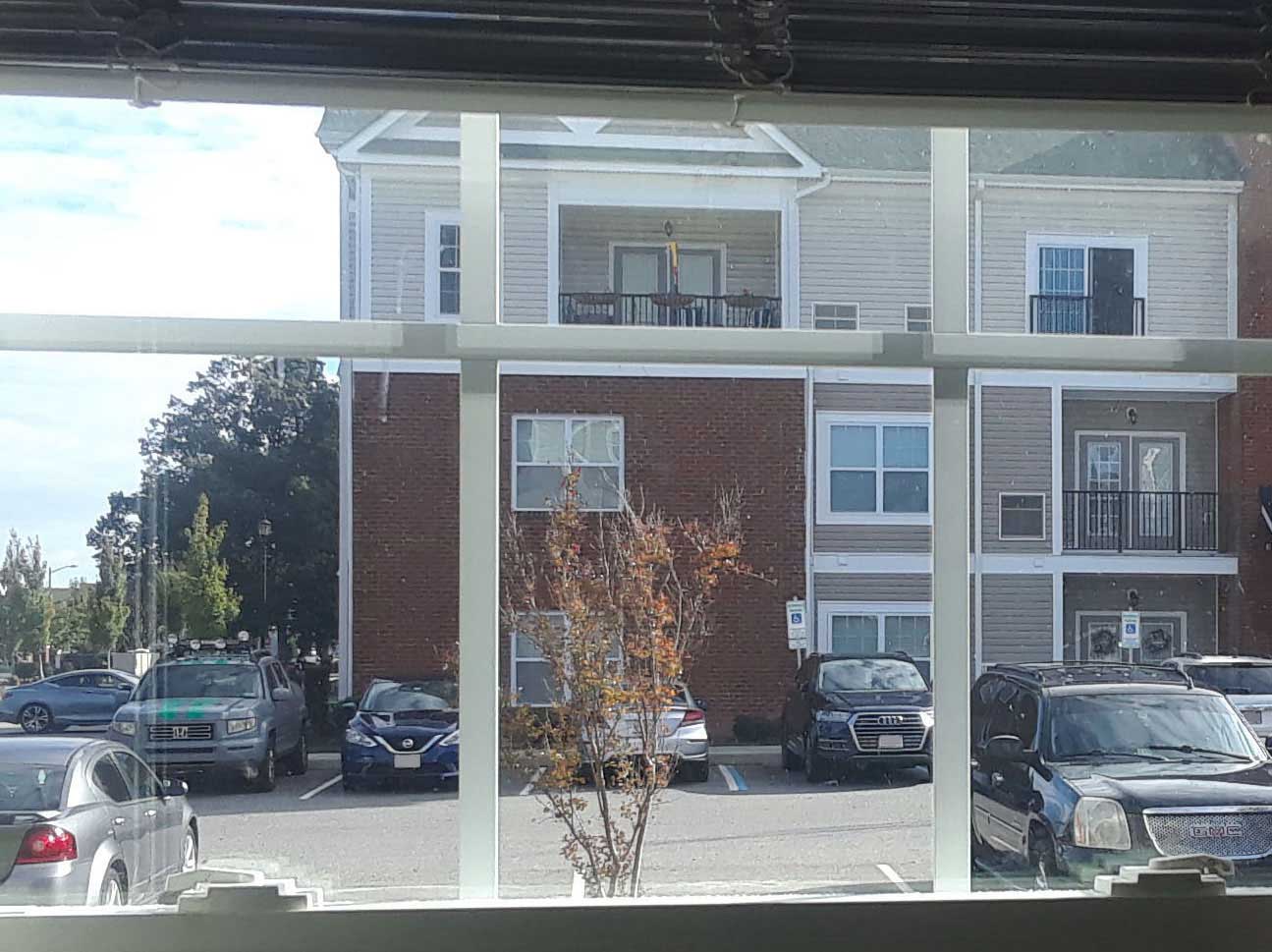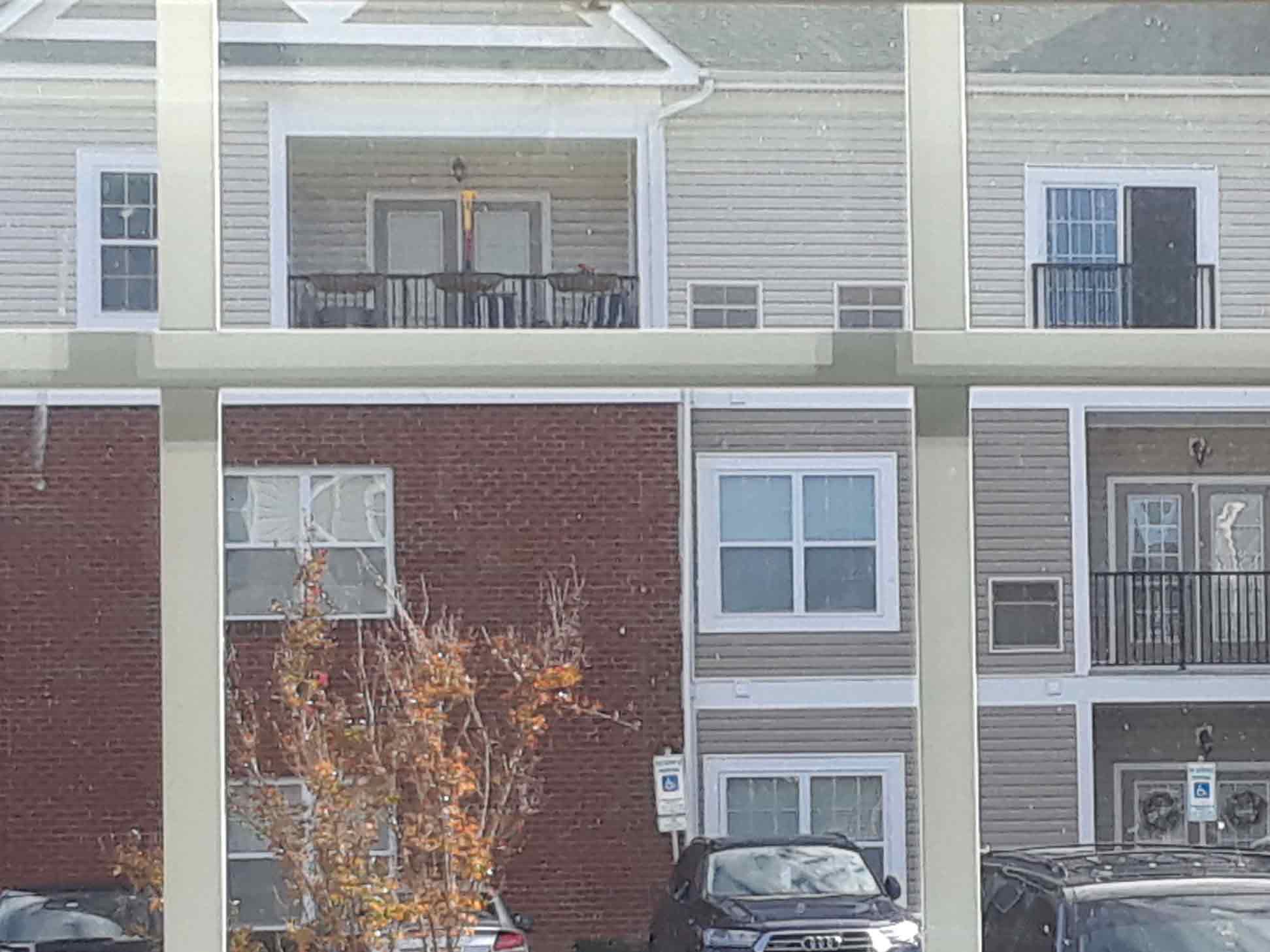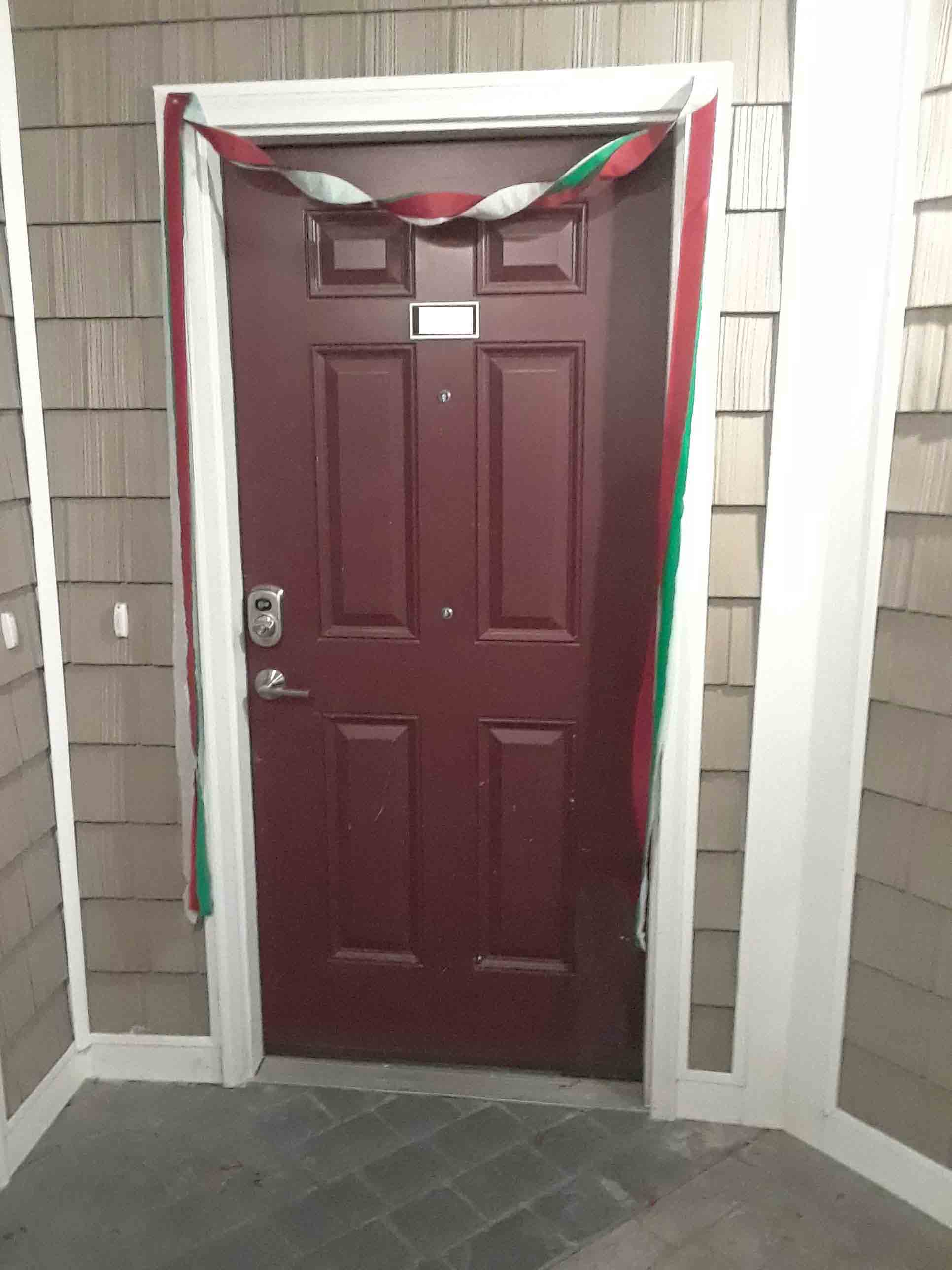Every effort is made the reported information is accurate by cross-checking the new information with previous observations. However due to the nature of these research studies there is a possibility that Writer may be deceived into making wrong conclusions and reporting erroneous results.
Current research includes studies of Adverse Residential Signatures (ADRES) with a primary research site in Hampton, VA 23666 and several auxiliary research sites including one location outside of the United States. Some information related to these studies was outlined in a recent submission (PNG print screen) to the 2023 SPIE Remote Sensing which was declined due to the content of the manuscript. As pointed out in the rejected manuscript these research activities are currently based on a single personal account of one person (later referred to as the Affected Person abbreviated as AP). Though cannot be proven, the adverse effects experienced by the AP are thought to be (at least in part) induced by some type of equipment installed one floor above the AP's residence in Hampton, VA 23666.
We define Adverse Residential Signatures (ADRES) as a combination of scientifically detectable techniques which could be used to remotely affect, manipulate and interface with the human body in residential settings. Observations at the research sites indicate that these techniques may include the use of a variety of physical (including electromagnetic and acoustic) and other methods to affect the human body in a variety of ways including through sensory organs. The observations suggest that ADRES also includes manipulation of a form of matter capable of binding to and penetrating the human body including the capability to interface with the brain and the spinal cord.
As reported by the AP, the bonding of the ADRES matter to the body tissue would usually result in a perception of a foreign matter bound to different parts of the body and/or penetrating the tissue, but would mostly be felt in the head and neck area. The binding of the ADRES matter would typically result in severe discomfort and may be accompanied by (among other things) seeing weird unnatural dreams while asleep, and hearing music while asleep.
The physical perception as well as the tests with the use of metal shielding, grounding terminals and intense sources of light indicate that the techniques used to administer ADRES to the body must lie within the Laws of Physics and the field of Electricity and Magnetism. According to the account of the AP a lot of the ADRES matter infusion into the body is carried out while asleep. As such one of the directions of the research is to design a "sleeping station" (see DIVAN) capable of reducing the amount of ADRES matter which can be "stuffed" into the body of the AP during sleep.
It was also observed that the unpleasant physical effects caused by ADRES are alleviated through attendance of services at an Orthodox church, reading Psalter and prayers. These observations suggest that the ADRES may include the use of non-conventional methods which are supplemented and intensified with the assistance of conventional technical and scientific approaches.
Our studies concentrate on the aspects of ADRES within the domains of conventional science. As such the current research activities include the use of shielding methods, grounding terminals and intense light sources to develop techniques effective in the reduction of ADRES severity. Another goal of this project is to develop a measurement system capable of detecting the presence of ADRES in residential settings as a mobile system based on the Bytran Utility Mobile Platform (BUMP) also under development.
As pointed out previously a lot of the ADRES matter introduction to the body is carried out while the body of the affected person is stationary.
One of the most commonly used ADRES techniques is felt to be accompanied by what is referred to as the "vibrating cloud" (see types). The reports of the Affected Person suggest that the "vibrating cloud" regions correspond to the volumes of space where ADRES matter could be "created" and embedded into the body if the body is located within the "vibrating cloud". Observations indicate that the vibrating could regions may be induced remotely at different locations. The Affected Person has reported 2 types of "vibrating cloud" treatments: (1) Direct embedding within the vibrating could region, and (2) creation of the ADRES matter at a location in proximity (i.e. in the feet) to the desired region and subsequent relocation of the ADRES medium towards the region where the embedding into the body would take place. It is not clear why the preferred method of ADRES includes the initiation of the ADRES matter in the feet with subsequent relocation to the head and neck area but this appears to be one of the preferred approaches.
Some observations indicate the induction of the ADRES matter close to the mouth and nose apparently resulting in inhalation and build up in the lungs according the reports of the AP. The AP reported the need for regular exercising involving intense breathing which would result in coughing out and spitting out of mucus and providing relief to the AP. The AP believes such respiratory symptoms are related to the ADRES treatment as opposed to a medical condition.
Another common approach of ADRES matter embedding is using the "implantation" technique (see types) where a foreign matter is felt being "moved" into different parts of the body, the most commonly targeted region being the neck and the spinal cord.
Finally, another ADRES approach commonly used is referred to as "burning spheres" (see types) and constitutes and induction of what is felt as a "burning" region commonly of a spherical shape overlapping the body resulting in a perception of "shape of a foreign substance" overlapping a body region after lengthy exposure, and possibly accompanied by an unpleasant perception of a residue present on the surface of the skin at the application sites. This techniques is most commonly felt in the knees, but was also felt being applied to the head and wrists according the the reports of the AP.
A more detailed description of the ADRES treatment types will be summarized in the types section.
A lot of the ADRES techniques are frequently accompanied by a perception of something present in the adjacent air causing a burning, drying, and/or electrification sensation, as well as the formation of excessive and irregularly-shaped perspiration body regions while asleep.
PASSIVE techniques: (1) One of the tools uncovered so far consistently effective against ADRES is the use of water barriers/shields. Stainless steel containers filled with water are currently being experimented with (the evaluation of plastic containers is planned). One prominent example is a stainless steel canister shown in Figure 1 which happens to have a Soviet Union logo on it originally purchased for a different project is being used. As can be seen the canister comes in a very rare size of 178oz (~ 5.26 litre) making it more convenient to use by placing it over a sleeping pillow.
(2) The use of bulky metallic objects in proximity to the body, large surface area sheet metal shields, metal pipes or various shapes, the use of grounded and ungrounded conductive materials placed in direct contact with the body in various configurations.
(3) One other passive technique believed to have some effectiveness is what is referred to as the Vertical Potential Equalization (VPE) technique. The VPE technique is believed to reduce the ADRES type resulting in a burning and drying sensation in the surrounding air which is mostly felt in the lips.
Observations at an auxiliary research site built out of steel-reinforced concrete blocks suggest that covering the windows with shades / curtains alleviates ADRES effects.
ACTIVE techniques: Another tool proven effective against ADRES found is intense light generated by (1) moderate power gas discharge tubes and (2) high power halogen light bulbs.
For example, old Soviet Union made photo flashes (more information) equipped with IFK-120 (ИфК-120) xenon gas discharge tubes are currently used (model СЭФ-3М was used the most). An example includes the "Saulute" photo flash made in Lithuanian SSR shown in Figure 2. As can be vaguely seen the "Saulute" photo flash is equipped with a U-shaped IFK-120 gas discharge tube. The photo flashes based on IFK-120 typically operate at an electrical discharge energy of ~36 Joules (with the exception of model "Луч-М1" (EN: "Luch-M1" or "Ray-M1") photo flash capable of operating at 36, 68, or 104 Joules), the optical flash duration around 0.0005 seconds, and a recommended interval of 10 - 20 seconds between flashes. The advantage of the xenon gas discharge tubes is the high intensity light output over a wide range of UV, visible and infrared emission lines (see xenon arc lamps), an associated thermally induced shock wave, and some expected emission in other spectral bands including the radio frequency. More specific information about the ways the xenon discharge based light sources are being used against ADRES will be provided in the near future.
Orthodox church: The reading of Psalter was found effective as a preventative measure and as an alleviative tool after the binding of ADRES with the body has taken place. The title of the book in Figure 3 reads: "Psalter including the rule for the commemoration of the living and the departed". Other resources from the Orthodox church were also found useful against ADRES.
Exercising: Exercising was found effective in reducing the ADRES discomfort. An exercise routine involving a cardio workout (i. e. running, rope jumping, stretching) followed by a light or moderate body wight strength training targeting the upper body region (i.e. parallel bar and regular push-ups, pull up bar exercises including hanging). A combination of dynamic and strength exercises proved effective in disturbing the ADRES matter bonding to the body tissue which would typically be felt by the AP in the neck and the surrounding regions including the upper body muscles. Exercising is believed by the AP to be facilitating the removal of ADRES matter from the body.
It should be pointed out that the intensity of ADRES discomfort was found to get worse is the AP would get sick or when the AP's immune system response would reduce.
More information about these findings will be provided as these studies continue and the gathered information is sorted out.

